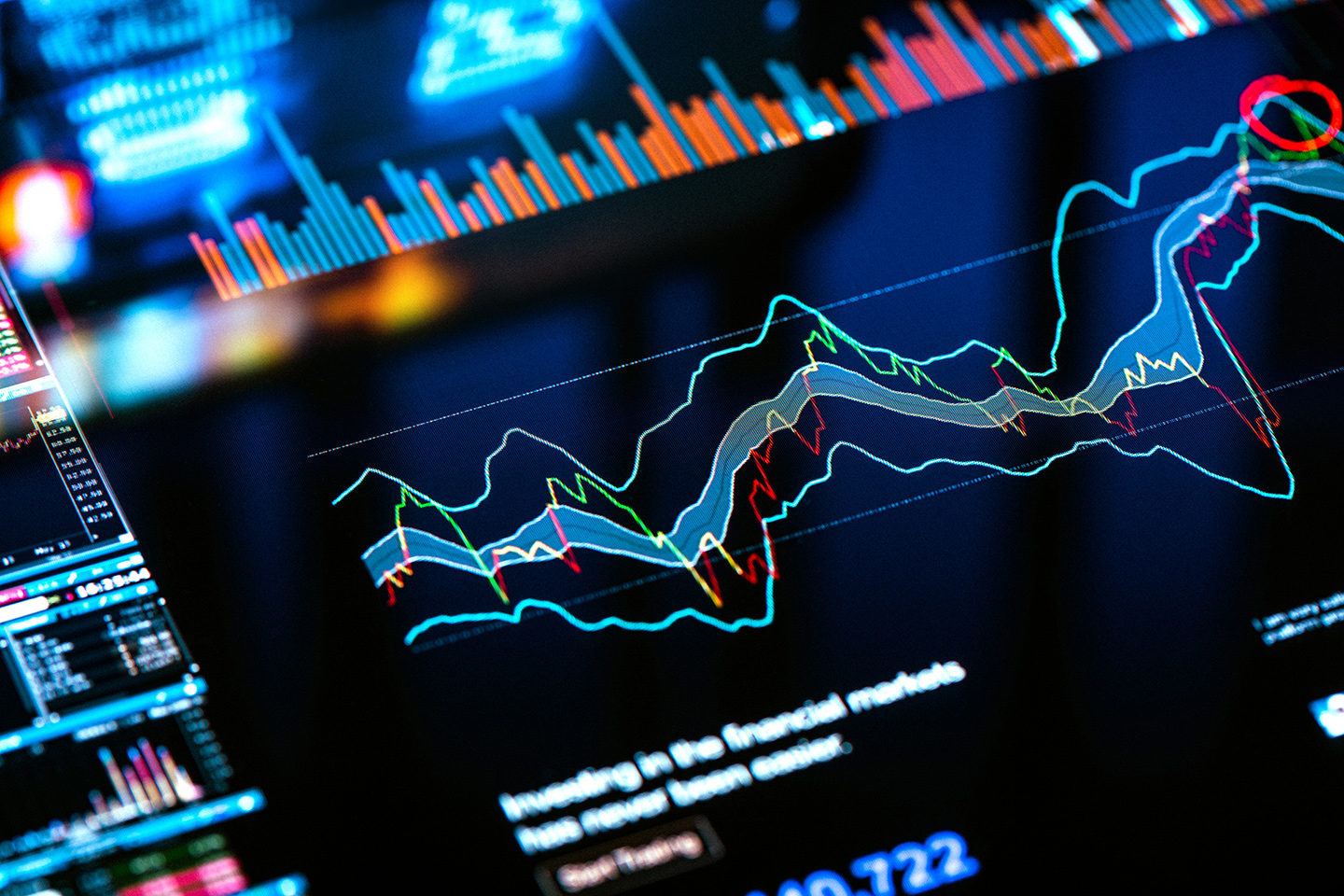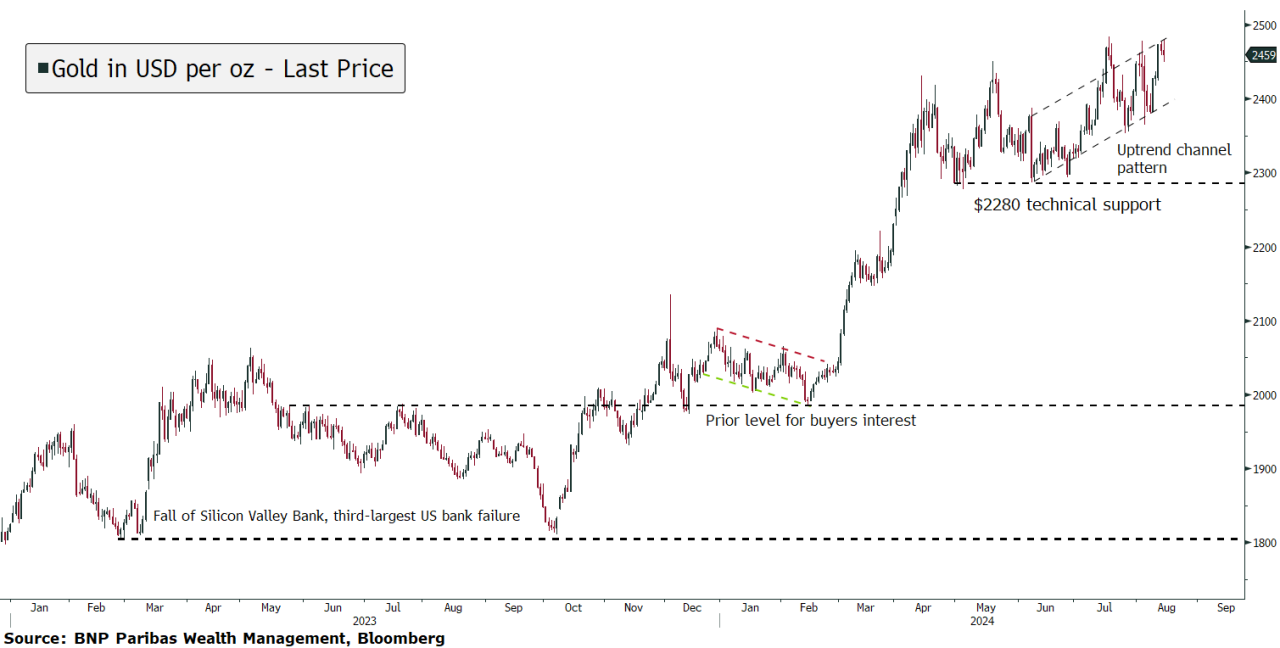Neither expected return nor past performance is indicative of future performance. Actual results may differ.
In our view, there is an explosive mix of 3 ingredients, that could propel gold for further upside:
1. Geopolitical uncertainties: Gold as a haven
2. A path of (very) loose monetary policy: Gold as a store of value
3. Growing investor demand: Gold as a timeless asset
Let’s explore in the tranches the underlying drivers of each element.
1. Geopolitical uncertainties – The yellow metal’s safe-haven appeal is strong. In that sense, gold has often outperformed most major asset classes during periods of market turmoil and economic uncertainty. Today we are witnessing rising tensions between the US and China, the instability in the Middle East, and the social unrest in many countries creating a high degree of uncertainty and volatility in the global markets, boosting the demand for gold as a safe-haven asset.
2. Loose monetary policy – The unprecedented monetary and fiscal stimulus measures taken by central banks and governments around the world to combat the global pandemic have increased the money supply and the public debt level. It created inflationary pressures and eroded the purchasing power of fiat currencies. Although inflation is stabilising now in advanced economies, public debt levels continue to grow, worrying investors. Gold has a finite supply and simply cannot be printed; thus, it is seen as a solid store of value.
3. Strong investor demand – Gold is seen as a timeless asset. Used to store wealth throughout history, (the use of gold as money began around 600 BCE – before the common era). Today, investors continue to use gold as a store of value, and increasingly so due to fears of currency devaluation. Particularly, central banks’ purchases have doubled their buying pace to over 1’000 tons in the past two years compared to the previous five.
In conclusion, we believe it is not too late to add exposure to gold in your portfolio, as in our view it should continue to benefit from the 3 drivers of rising global tensions and unrest, a forever expanding monetary policy and government debt levels, and robust institutional investor demand.
This article is brought to you by the Advisory Solutions Team.
Contributors: Maxime Bonnet - Head of Advisory Solutions, Paul de La Baume - Investment Advisor


